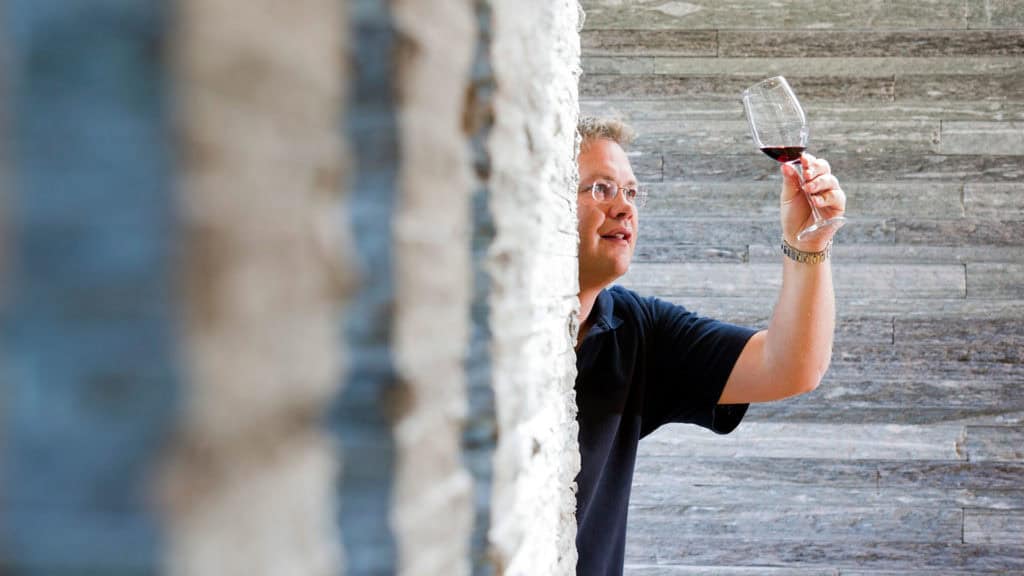Depth of color and clarity in wine
When looking at a wine in the glass, the inexperienced wine drinker will probably only notice the color, from which it is obvious whether it is a white wine, a rosé wine or a red wine. The robe, as the appearance of a wine in the glass is also called, tells the wine lover a lot more. The color but also the appearance allows conclusions to be drawn about the origin, the grape variety, the maturity of the wine and its condition. All this information in turn allows us to make some important statements about the quality of the wine – without having tasted it, let alone smelled it.

In addition to the classic assessment of a wine, wine lovers also pay particular attention to the depth of color and clarity of a wine.
The clarity of the wine can be judged by holding the glass at a 45° angle in front of a white wall or a bright, white surface, preferably in daylight. A tablecloth or a sheet of paper will suffice. It is then very easy to determine the clarity or degree of clarity. If a wine is clear, i.e. completely free of suspended matter, it is described as clear, clean, crystal clear, brilliant or transparent. If the wine also has an intense luminosity, it is often referred to as crystal clear.

If, on the other hand, there is suspended matter, turbidity or even streaks in the wine, the description ranges from dull and opaque to cloudy and blind. If there is a permanent and uniform cloudiness, it can be assumed that the wine is of poor quality or overripe.
The depth of color also plays an important role in assessing the appearance of a wine. It is also determined by holding the glass at a 45° angle in front of a white background. The depth of color is significantly influenced by the climate and the grape variety. A wine can be almost completely clear or light in color. However, it is just as possible for the wine to appear dense and impenetrable, as is often the case with dark red wines. We then speak of a full-bodied and full-bodied wine.

The depth of color can be easily checked by holding the wine at a slight angle over a white tablecloth. Copper and brown tones at the edge of the wine (at the “outlet”) are a sign of incipient maturity and, if they extend far into the wine, indicate overripeness, while a color transition from red wine to a clear, light edge can indicate a flawless red. As red wines in particular are often so deeply colored that they cannot be determined exactly in the middle of the glass, the color intensity is determined at the edge of the glass. This is where the depth of color is reflected in the transparency of the wine. While you can even read a text through pale wines, deep-colored wines are completely opaque.

